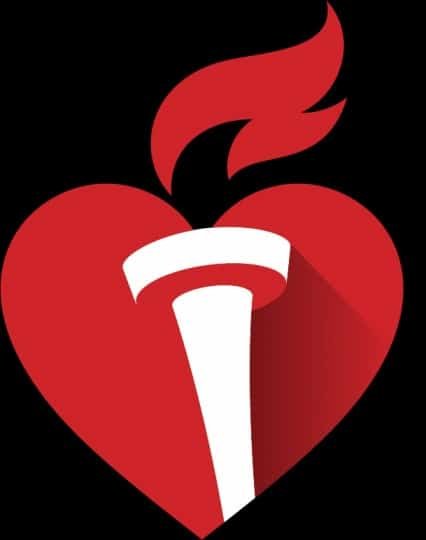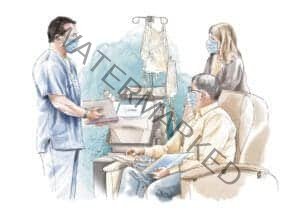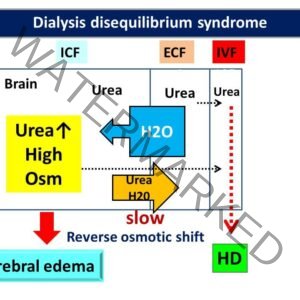Introduction to BLS Certification by AHA
Basic Life Support (BLS) certification, provided by the American Heart Association (AHA), is crucial for healthcare professionals and individuals responsible for emergency response. This certification equips participants with essential skills for high-quality CPR and other lifesaving procedures in various emergencies.
Core Components of the BLS Certification Course
The BLS certification course by AHA covers several critical components. These include performing chest compressions, delivering rescue breaths, using an automated external defibrillator (AED), and handling obstructed airways. Participants learn to recognize life-threatening emergencies quickly and respond effectively, which is vital in saving lives.
Target Audience for AHA BLS Certification
The AHA BLS certification is designed for a wide range of individuals. Primarily, it targets healthcare providers, such as doctors, nurses, paramedics, and other medical staff. However, it is also beneficial for first responders, lifeguards, and anyone interested in learning vital lifesaving techniques. The training ensures that all participants are prepared to act swiftly and competently in emergency situations.
Benefits of Obtaining BLS Certification
Obtaining BLS certification by AHA offers numerous advantages. Firstly, it enhances your ability to provide immediate and effective care during cardiac and respiratory emergencies. Secondly, it boosts your professional credentials, making you more competitive in the healthcare job market. Lastly, it fosters confidence and preparedness, ensuring you are ready to respond when every second counts.




